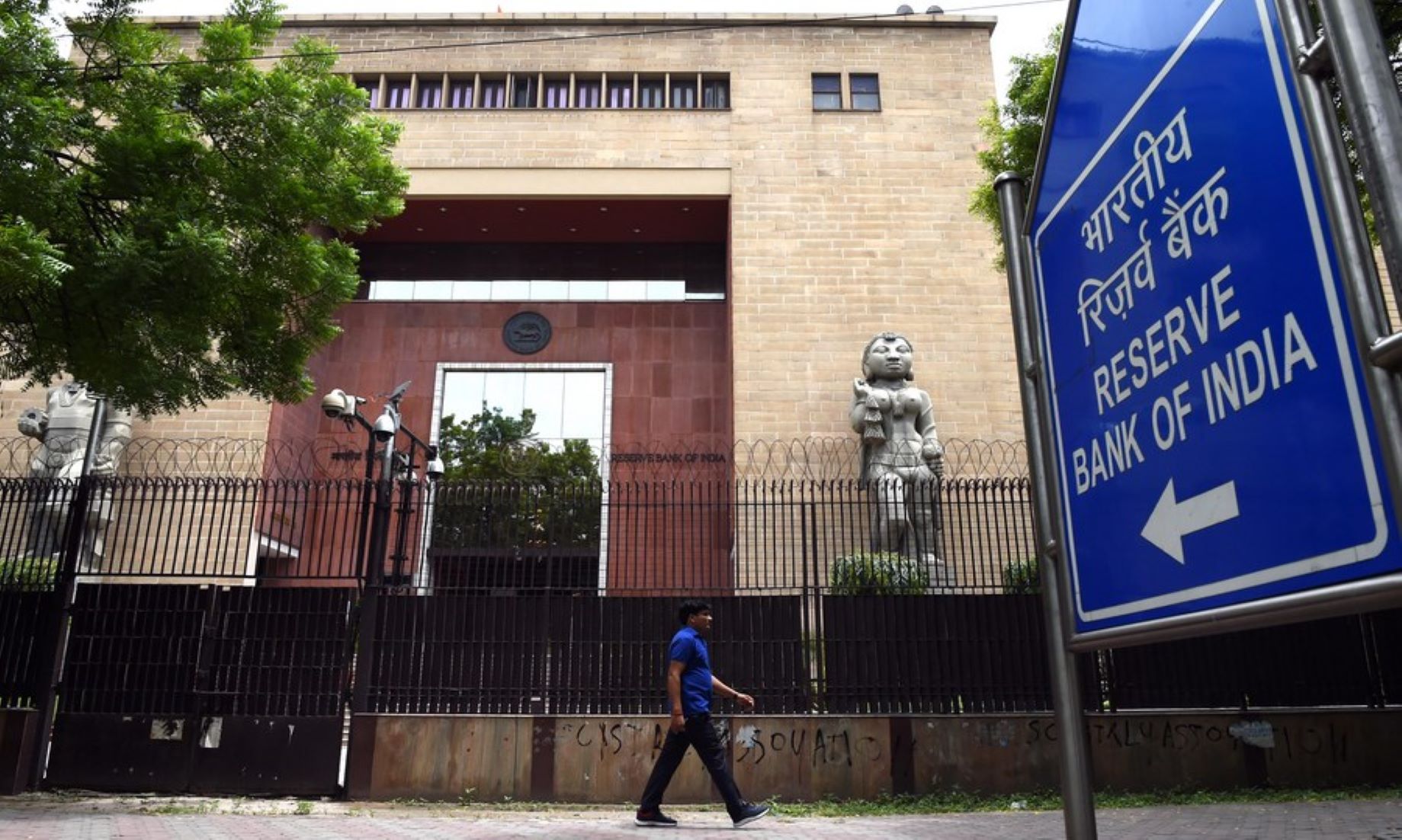by Pankaj Yadav
MUMBAI, Dec 9 (NNN-XINHUA) – In an attempt to tame rising inflation in the country, India’s central bank, the Reserve Bank of India (RBI), has been consistently raising the repo rate over the past eight months, including the interest rate at which it gives loans to commercial banks.
By raising the repo rate, the RBI discouraged commercial banks from borrowing funds to reduce the supply of money in the economy and bring down inflation.
On Wednesday, the RBI announced a fifth consecutive interest rate hike of 0.35 percentage points to 6.25 percent, the highest since Aug, 2018. The central bank has taken up the policy rate by 2.25 percentage points since May.
Prior to this, the RBI had raised the repo rate by 40 basis points (bps) in an off-cycle meeting in May, and 50 bps in June, Aug and Sept. One basis point is one hundredth of a percentage point.
According to financial experts, another hike in repo rate is expected in Feb, 2023, taking the rate to 6.50 percent.
Every time the RBI raises the repo rate, the commercial banks pass on the hike to consumers in the form of higher rate of interest. This has resulted in a higher cost of housing loans, vehicles loans, personal loans, educational loans and other business loans in the country.
Checking the inflationary trend seems to remain the RBI’s primary concern. Announcing the hike in repo rate on Wednesday, the country’s central bank governor, Shaktikanta Das said, “The Monetary Policy Committee (MPC) was of the view that further calibrated monetary policy action is warranted, to keep inflation expectations anchored, break core inflation persistence and contain second round effects. These actions will strengthen the medium-term growth prospects of the Indian economy.”
“The main risk is that, core inflation, as measured by consumer price index, excluding food and fuel, remains sticky and elevated. The battle against inflation is not over,” he said.
The MPC retained its inflation projection for the year at 6.7 percent, and expected it to be 6.6 percent in the Oct-Dec quarter, and 5.9 percent in the next quarter of Jan-Mar.
Inflation has been above the upper band of the central bank’s comfort level of six percent since Jan. It expects the inflation to be at five percent in the first quarter of the next financial year of Apr-Mar 2023-2024.
On liquidity, Das said, the RBI was ready to conduct liquidity adjustment facility (LAF) operations, to infuse liquidity into the system, and the liquidity conditions were set to improve.
“The system liquidity remains in surplus. There will be no let-up in efforts to bring down inflation. The RBI remains in contraction mode but is ready to step in to provide liquidity,” he added.
“RBI’s decision to increase the repo rate by 35 bps is along with expected lines. It’s the fifth hike this year, which tells you how stubborn the inflationary trends have been. But the view is that inflation, while remaining high, is moderating, and the rates are somewhere close to their peak. All consumer loans have got costlier this year. Borrowers are under the pressure of mounting interest and rising easy monthly instalments (EMIs),” Adhil Shetty, CEO of BankBazaar.com, was quoted as saying.– NNN-XINHUA





